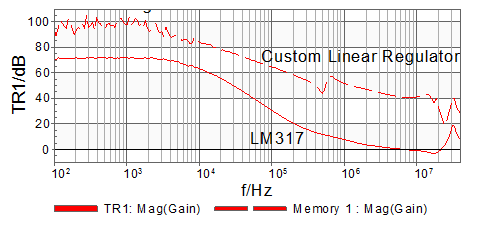- Contact Us
 Tel:
Tel: 0086-577-61726373
 Fax:
Fax: 0086-577-61712103
 E-mail:
E-mail:
 Address:
Address: No.88 Liuqing North Road,Liushi Town,Yueqing City,Zhejiang Province,China
QUESTION: There are so many different voltage regulators on the market these days. How do I pick one that will be good for my circuit?
ANSWER:
Wow, this is a tough question, but also a good one. Gechy Electric Co.,Ltd will try our best to answer it concisely.
FIXED OR ADJUSTABLE
Voltage regulators are available with fixed or adjustable output voltage. If you don’t need to trim the output voltage or adjust it to a non-standard voltage then the fixed voltage regulator will use less parts and so is often the better choice.
DROPOUT VOLTAGE - LINEAR REGULATOR OR (U)LDO
Many engineers believe these are the same. They are not. A linear regulator typically requires a minimum of 3 volts difference between the input and output voltages. Low dropout regulators generally require less than 1V differential and ULDO’s require much less, with some as low as 35mV.
MAXIMUM OUTPUT CURRENT
The regulator output current rating should be selected reasonably close to the maximum required current in the circuit. Lightly loaded regulators often end up with stability. Also for the current limit circuitry in the regulator to be useful we don’t want to choose a device rating that is too high because the short circuit current will also be too high to protect the circuit.
VOLTAGE ACCURACY
Of course the reason for the voltage regulator is to make the voltage more accurate, but how accurate is accurate enough. This is circuit dependent. If you are using a regulator to power digital IC’s or opamps for example, the regulation requirement is often not a big concern and 5% is quite tolerable. If the voltage regulator is also being used as a reference voltage then the accuracy would be more important. Note that regulators and references are VERY DIFFERENT and not really interchangeable, but many low cost A/D converters use VDD also as the A/D reference.
PSRR
In the past the PSRR performance of LDO and ULDO regulators was poor compared with linear regulators. Technology is improving quickly in this regard, with many LDO’s and ULDO’s providing excellent PSRR performance. Of course the PSRR performance should be measured at the frequency of interest. Most devices are specified at 120Hz, and this is because in the past we used transformer rectifiers to create the input voltage to the linear regulators and the transformer rectifiers had ripple at twice the frequency of the AC mains. Today most linear regulators are connected to switching power supplies, and so the concern is at the harmonics of the switching frequency and any other noise sources at the regulator input. A better figure of merit is probably the product of PSRR and Frequency, much like Gain Bandwidth in an opamp. PSS can vary dramatically between voltage regulators as seen in Figure 1.

 English
English Pусский
Pусский

